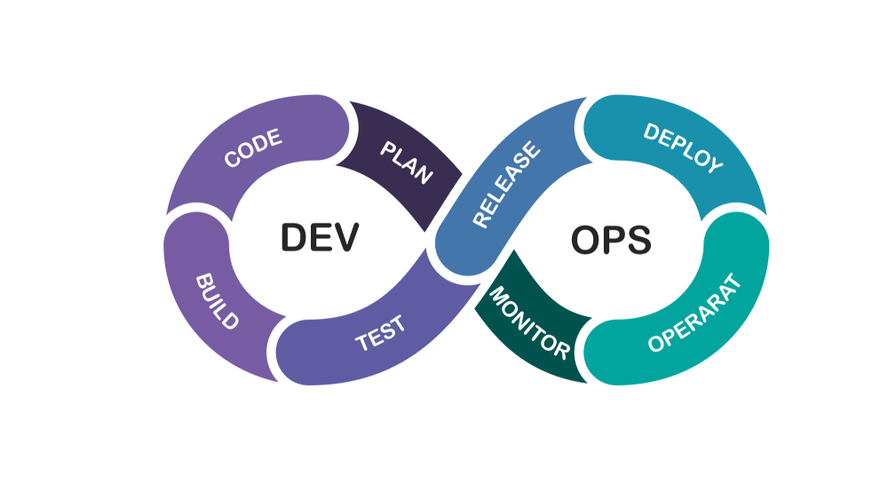Содержание
- Real Life Examples Of The Stages Of Team Growth
- Signs And Questions To Look Out For In The Forming Stage
- Frequently Asked Questions About Stages Of Team Development
- Building A Strong Team: The Stages Of Team Development
- Team Development: 4 Stages Every Team Experiences
- Performing
- Team Building Stages: 5 Steps
A « can do » attitude is visible as are offers to assist one another. Roles on the team may have become more fluid, with members taking on various roles and responsibilities as needed. Differences among members are appreciated and used to enhance the team’s performance. This is a simplistic view of a team working through the five stages of team development. Teams that are not working effectively together will display the characteristics listed below. The team leader will need to be actively involved with such teams.
There is still a need for the team to focus on both process and product, setting new goals as appropriate. Changes, such as members coming or going or large-scale changes in the external environment, can lead a team to cycle back to an earlier stage. If these changes – and their resulting behaviors – are recognized and addressed directly, teams may successfully remain in the Performing stage indefinitely.
Bruce Tuckman introduced the concept of the “Stages of Team Growth” in 1965. His model posited that all the stages were necessary in order for a team to grow, successfully complete their tasks, solve problems, make decisions, and reach their goals. Since working as part of a JLBC team can improve learning and is a much-needed skill in today’s workplace, some team exercises should be included in the classroom. With well-planned tasks, careful guidance, and close observation, instructors can make team exercises precious learning experiences. Here is a list of three project management tools to assist your team in collaborating more effectively.
Real Life Examples Of The Stages Of Team Growth
When working on a project, team members need to understand clearly what their roles and responsibilities are. When team members are unsure about their goals, it can create role ambiguity and waste their energy working on unrelated tasks. Members with a dominant personality may even challenge the project leader’s authority or leadership. It is crucial to note, however, that most teams will encounter conflicts or disagreements. In your first meeting, spend additional time explaining and setting your expectations about the goals and deadline of the project. Creating a safe environment where team members are encouraged to ask questions or share their opinions openly will help in ensuring everyone is moving in the same direction.
Team members should continue to deepen their knowledge and skills, including working to continuously improving team development. Accomplishments in team process or progress are measured and celebrated. During the Forming stage of team development, team members are usually excited to be part of the team and eager about the work ahead. Members often have high positive expectations for the team experience.
Keep reminding the team to check in with each other regularly in person or via instant chat, but stay out of their way. They will waste time and lose their focus if they have to answer frequent, unscheduled questions about what they’re working on. Encourage team members to develop a schedule filled with large blocks of time that are free from interruptions like meetings or check-ins. In this world of constant notifications, it’s easy for people to get derailed and forget which goals are really important. This is especially important for creative and development teams.
As the working relationships of the team members started improving, Sandra started seeing significant progress on the project. In the “performing” stage, teams are functioning at a very high level. The team members have gotten to know each other, and they trust and rely on each other. And start to think about what role they will play on the project team.
Signs And Questions To Look Out For In The Forming Stage
The norming stage is more harmonious since teams understand why it’s important to ask for help, and how to come to you with questions when they need guidance. The most commonly used framework for a team’s stages of development was developed in the mid-1960s by Bruce W. Tuckman. Even in this stage, there is a possibility that the team may revert back to another stage. For example, it is possible for the team to revert back to the “storming” stage if one of the members starts working independently.

However, this project management tool doesn’t provide users with milestones and customization choices. Users cannot specify an estimated timeline for a work https://globalcloudteam.com/ to be completed or assign the work to multiple users. Some entrepreneur teams bypass the storming stage entirely or look to avert conflicts at all costs.
More of a sense of group cohesion and esprit, more commonality of goals. Establishing unobtainable goals, increased concerns about too much work to be done. New insights, increased self-awareness, creativity, and rejuvenation combine to strengthen an inner platform of productivity. Teams usually enjoy such discovery in the innovation phase when they are primed to take advantage of the strength that different viewpoints empower. Letting Go – Eventually, the adversity disables our ability to move forward.
Frequently Asked Questions About Stages Of Team Development
She determined that Ameya would lead the database development design component of the project, working closely with Sarah so she can develop further experience in this area. She reviewed the schedule that Peter created with the team, making adjustments where necessary to address the concerns of Donna and Sarah. She reminded team growth stages Mohammed that this is a team effort and he needs to work closely with the others on the team. When the team moves into the “norming” stage, they are beginning to work more effectively as a team. They are no longer focused on their individual goals, but rather are focused on developing a way of working together .

The impasse activates our coping skills and triggers a breakout. Teams tend to let go in the trust phase when safety permits risk. It is extensive collaborative features like watching, mentioning, tagging, and task scheduling make it easy and fun for users to work with their colleagues both in-house and from home. MeisterTask is fast and logical because of its automation and integration with tools such as G Suite, Slack, and GitHub.
Building A Strong Team: The Stages Of Team Development
Rather than compete against each other, they are now helping each other to work toward a common goal. The team members also start to make significant progress on the project as they begin working together more effectively. Psychologist Bruce Tuckman shared the team development process with the world in 1965. The process consists of five stages that teams progress through from the time a leader assigns a project and creates a team, to the point the team completes the assignment and disbands.
11 Effective Ways to Foster a Growth Mindset in Your Team – Rolling Stone
11 Effective Ways to Foster a Growth Mindset in Your Team.
Posted: Mon, 26 Sep 2022 15:13:51 GMT [source]
On occasion, however, the team leader may step in to move things along if the team gets stuck. The team leader should always ensure that the team members are working collaboratively and may begin to function as a coach to the members of the team. For a high performing team, the end of a project brings on feelings of sadness as the team members have effectively become one and now are going their separate ways. Each member fully knows and accepts their role in the team.
Team Development: 4 Stages Every Team Experiences
Imagine yourself on the first day of your new job or meeting your group mates for the first time for a course assignment. These feelings you feel are similar to how a newly formed team will feel. For your team to work collaboratively with few interruptions, they need tools that operate intuitively and will save them time. Find tools that don’t require hours of training and automate basic functions to get the job done. Before committing to a tool, give your team some time to work with it and test it out to make sure it fits their needs. Lots of tools offer free trials, so use that time to experiment and check its compatibility with other products you use.
- If you can’t find something, you may take advantage of this software’s excellent search engine to find your files.
- The team leader will need to be actively involved with such teams.
- The skills of each member are validated and utilized to execute the necessary tasks.
- At this point, explain how each team member is expected to help.
The top half of the pyramid is 100% about how to leverage yourself through others and to what degree. Membership The Committee shall include nine members – five representatives from CUPE/SCFP and four representatives from the CTA. Up to two advisors from the Ministry of Education shall act in a resource capacity to the committee.
Performing
Teachers and JLBC cadets need to know that JLBC teams don’t just form and immediately start growing together to accomplish great things. There are stages of team growth, and teams must be given time to work through the steps and become effective. In 1965, Tuckman introduced the five stages of team development theory named “Tuckman’s Stages”.
They are interacting via the SharePoint site and the project is off to a good start. For more advice, check out these lists of team building books and team building tips. Because there is so much going on to distract members’ attention in the beginning, the team accomplishes little, if anything that concerns its project goals. If they don’t address the conflicts and work out how to pull together, they can’t reach the next stage. Also, unfortunately, some teams never reach the Performing stage.
Members will tend to be hesitant about participating fully in discussions and meetings. They’re still ‘taking in the lie of the land’ to understand how everyone else works. The team then skipped over Storming and Norming stages and returned to the Performing stage as before.
At the same time, they may also feel some anxiety, wondering how they will fit in to the team and if their performance will measure up. Team effectiveness is enhanced by a team’s commitment to reflection and on-going evaluation. In addition to evaluating accomplishments in terms of meeting specific goals, for teams to be high-performing it is essential for them to understand their development as a team.
A team is a group of individuals who work together toward a common goal. Each member of a team is valuable to the common goal in their own way, using a unique set of skills to fulfill a team role. And yet, everyone on the team shares the same orientation and attitude. Though this may sound easy on paper, balancing individual and common goals within a team is quite difficult, especially during periods of stress, failure, or discord.
